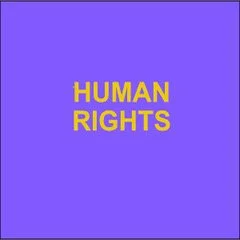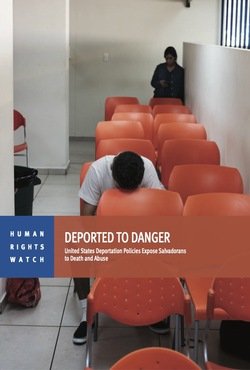By R. J. B. Bosworth
From the Preface: “My task… has been to unveil the lives of Italians under a generation of dictatorship, be they men, women or children, party officials and party intellectuals or anti-Fascists, landowners and industrialists or workers and peasants, all coming from the many and varied regions of Italy or, on occasion, emigrants passed beyond the national border. It is, of course, an impossible protect. Aspiring to write the tout history of a totalitarian society is a delusion. Yet any reader who consults the book’s pages will find that a vast array of people rum up »n my tale and that it spans from Sardinia to Sicily, from Tumi to Reggio Calabria, from Trieste to Bari and beyond. There are many stories in the pages that follow and my hope must be that readers will find them emblematic and will draw a general picture from their impressionist detail.”
London. Penguin. 2005. 689p.




















